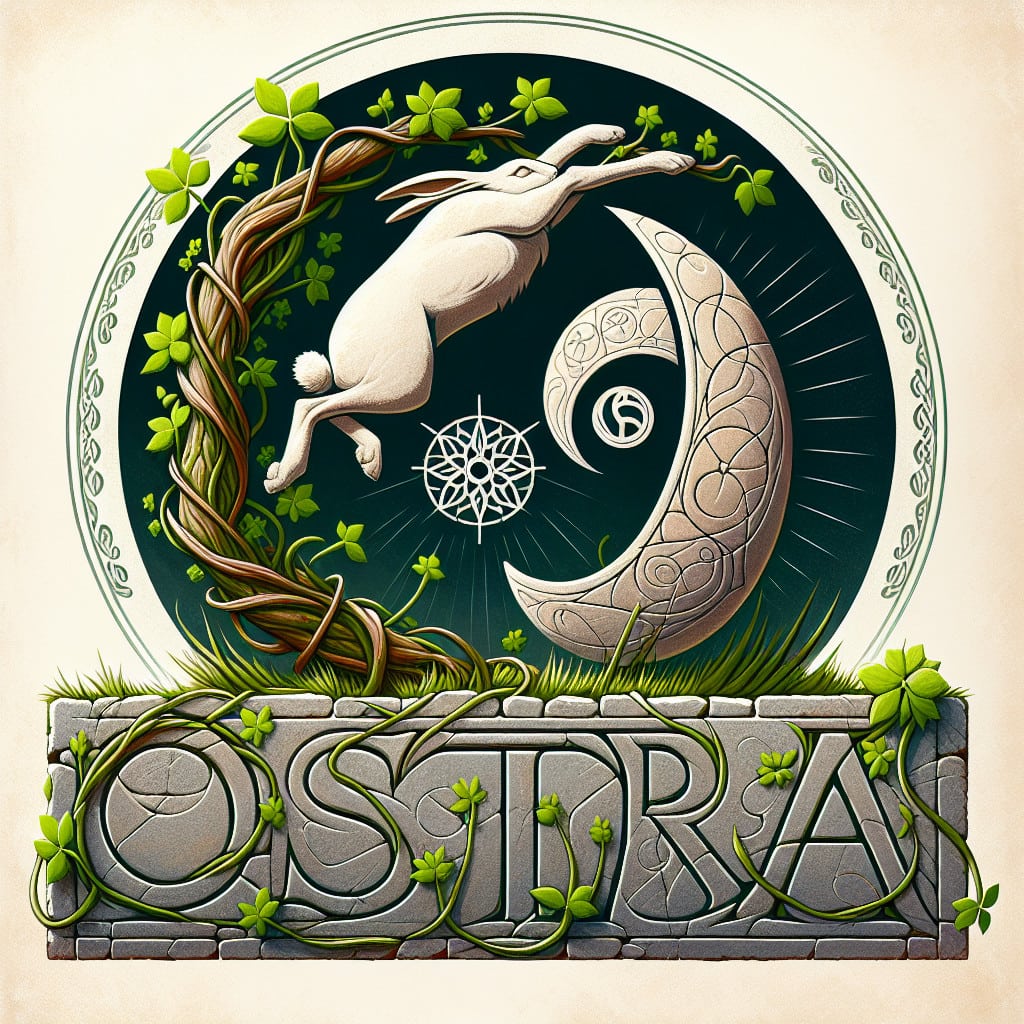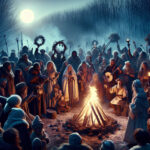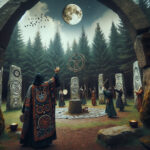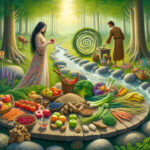The Pagan Easter is an ancient celebration that predates Christianity and has been celebrated for centuries by ancient cultures around the world. It is a time of rebirth and renewal, a time to celebrate the coming of spring and the return of light and life to the world. While it has been variously called by different names, this article will explore what the Pagan Easter is called, its historical origins, and its current observances.
The Pagan Easter, also known as the Easter of the Goddess Ostara, is a celebration of the return of spring and a commemoration of the resurrection of the goddess Ostara. It is celebrated in the northern hemisphere on the Sunday after the Vernal Equinox, usually in March or April. This Pagan Easter is an important holiday for many Wiccan and other pagan religions, and is celebrated with much joy and enthusiasm.
History of the Pagan Easter
The Pagan Easter has its roots in ancient times. It was originally a festival to commemorate the goddess Ostara, who was associated with the coming of spring and the fertility of the land. The goddess Ostara was believed to have been resurrected from the dead, bringing new life and fertility to the land. This resurrection was celebrated with joyous festivals and rituals, including the decorating of eggs and the giving of gifts.
The holiday was an important pagan tradition in Europe for many centuries, and was eventually adopted by the Christian church as the celebration of Easter. Although the Christian church changed the date and some of the symbols associated with the holiday, the Pagan Easter still retains many of its original elements and is still celebrated with much joy and enthusiasm.
Symbols and Traditions of the Pagan Easter
The Pagan Easter is filled with symbols and traditions that are still celebrated today. One of the most common symbols associated with the holiday is the decorated egg. The egg is a symbol of fertility and new life, and is often decorated with symbols of spring and rebirth. Other symbols associated with the holiday include rabbits and hares, which are symbols of fertility and abundance, as well as lambs, which are symbols of peace and renewal.
In addition to these symbols, the Pagan Easter is celebrated with many traditional rituals and activities. One of the most popular activities is the “egg hunt”, in which children search for eggs that have been hidden in the garden or in the house. Other activities include the making of Easter baskets and the exchanging of gifts. The holiday is also celebrated with feasts and parties, as well as with religious ceremonies and rituals.
Modern Celebrations of the Pagan Easter
The Pagan Easter is still celebrated today with much joy and enthusiasm. Many of the symbols and traditions have been adopted by the Christian church, such as the decorated egg, the Easter bunny and the exchanging of gifts. However, there are still many Wiccans and other pagans who celebrate the holiday in its original form. This includes decorating eggs and participating in egg hunts, as well as engaging in spiritual rituals and activities.
The Pagan Easter is an important holiday for many pagans and Wiccans, and is a time for celebrating the return of spring and the resurrection of the goddess Ostara. It is a time of joy, celebration and renewal, and is celebrated with much enthusiasm and joy.
The Pagan Easter is an important celebration in many cultures and religions, and has been celebrated for centuries. It is a time of renewal, of rebirth and of hope. While the Pagan Easter may have different names and be celebrated in different ways, its core message of renewal and hope remains the same. No matter what it is called, the Pagan Easter is an important holiday that celebrates the cycle of life and the promise of a better tomorrow. The Pagan Easter is a celebration of life, hope and renewal, and is an important part of many cultures and religions around the world.





